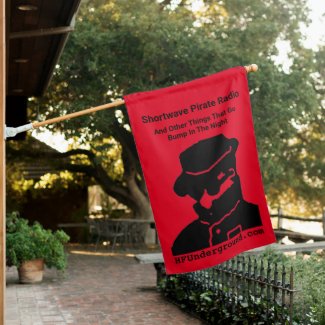Its good to see FM pirates who do there homework first, Good on ya.
Fm can carry farther than many people think. One of the broadcast stations I maintain only puts out 400 watts, yet I can hear it full quieting about 80 miles away. this result is unusually good, but it can happen.
with low power (less than 100 watts) and a 1/4 wave vertical or 1/2 wave dipole, you are unlikely to cause problems to a station 50 miles away, but I would strongly suggest you record your first show so you can drive around between your station and the licensed one while it is playing. the studio at the radio station wont hear you at all, but some of their listeners might, especially if they're close to you and farther from the station. and picket fencing between your station will generate calls to the studio.
the FCC may be a toothless old dog, but paying spectrum users are not. a broadcast station will report you if you annoy them.
I suggest using a mild directional antenna and putting the nulls in like with the legal broadcaster.
and of course, I "cannot condone Illegal Broadcasting", but wish you the best of luck in your endeavors.
P.S make friends with your local broadcast engineer if you can, many of us arent against pirate radio at all, as long as it dosent hurt our stations, just tread carefully.



